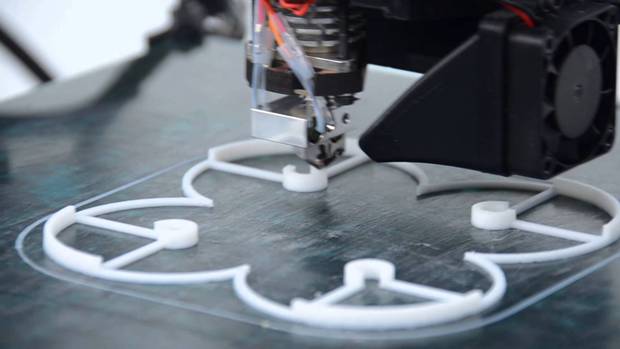Nothing is safe nowadays, not even 3D printers. A hacker could breach a company’s network, hack into a 3D printer, and alter small operational details to produce defective products that could lead to a company going bankrupt.
This is a new type of cyber-attack described in a research paper called Manufacturing and Security Challenges in 3D Printing, funded by the Office of Naval Research and carried out by researchers from the NYU Tandon School of Engineering
The research reveals that 3D printing, or AM – additive manufacturing, is just another means through which hackers could severely impact a company’s normal business operations.
A tiny change in the way 3D printers operate can have a massive impact
In most companies today, if they use 3D printing for their manufacturing division, the process starts after a designer creates the object in a 3D computer-aided environment and ships a CAD file to the 3D printer’s operator.
The operator then runs the file on the printer and creates the object, which can be the company’s full product or just one of the product’s pieces.
The researchers say that these CAD files fail to include a very important detail, which is the printer head orientation.
Changing 3D printer head orientation is all you need
3D printing works by breaking down a solid object in millions of slices. The 3D printer’s head lays down a sheet of material, layer upon layer. Sometimes the 3D printer doesn’t put down the entire layer, but does it in several stripes/lines, from one side to the other.
The orientation of these lines, from layer to layer, is usually in a crisscrossed pattern to give the object a maximum of physical strength and resistance.
How these lines and layers are lay down is not included in any way in the CAD file, and designers can’t control this facet of the 3D printing process.
A tiny change of a few degrees is all you need
The researchers claim that a hacker that breaches a 3D printer can, in theory, alter the core settings of the device, in order to modify this pattern, creating an inherent weakness, not visible to the human eye. A variation of a few degrees between these layers can have an enormous impact on the product’s final parameters.
The 3D printer still creates the final object that looks like it’s supposed to look, but which underperforms or even breaks apart. Indirectly, any company that doesn’t produce products up to a client’s standards stands to lose its customers and its entire business.
The researchers argue that a hacker or any determined company could use attacks on their rival’s 3D printers to gain a competitive advantage or even put them out of business.
Source:https://news.softpedia.com/

Working as a cyber security solutions architect, Alisa focuses on application and network security. Before joining us she held a cyber security researcher positions within a variety of cyber security start-ups. She also experience in different industry domains like finance, healthcare and consumer products.












